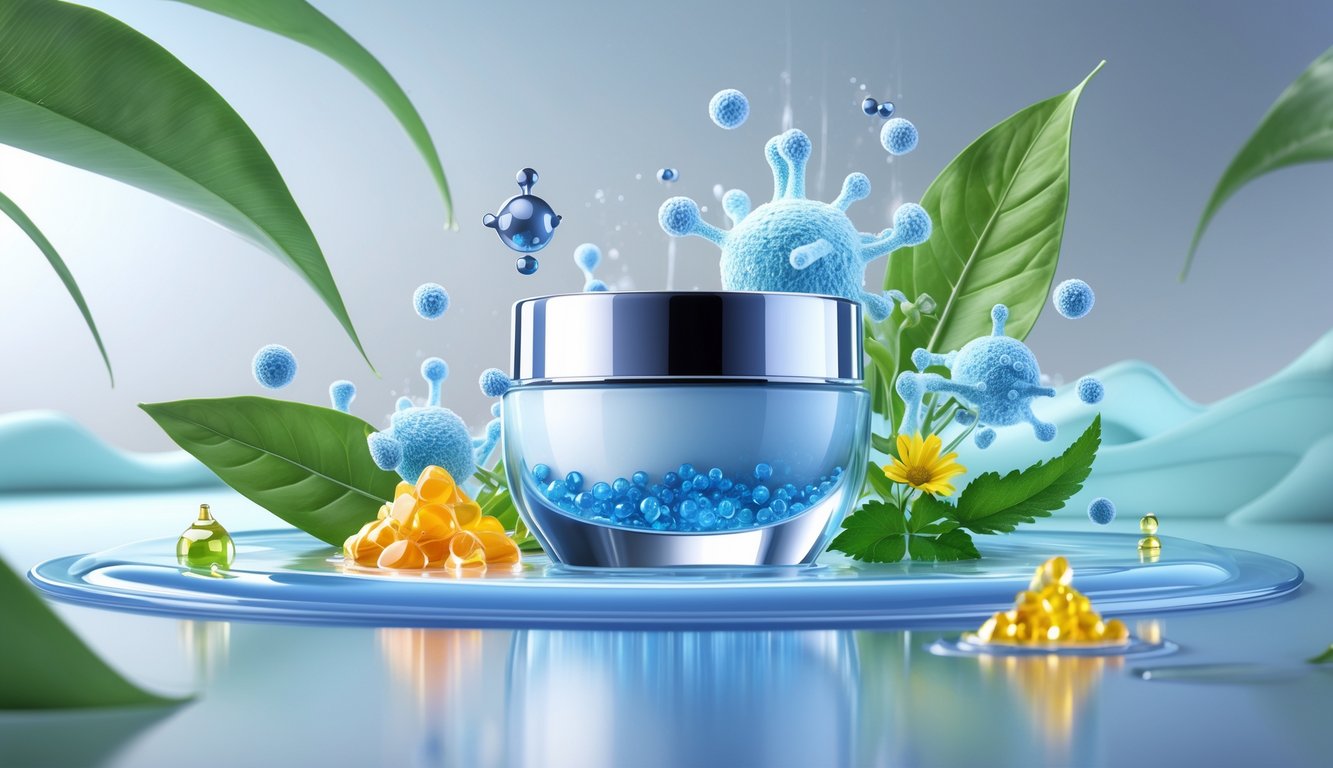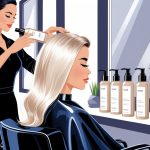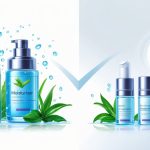Anti-Aging Moisturizers Now Outsmarting Pricey Prescription Creams
Key Ingredients Powering Modern Anti-Aging Moisturizers

My shelves are ridiculous. Cheap creams, overpriced jars, all promising miracles. If you’re convinced prescription is always better, I’ve got a drawer full of regrets. Some actives make a difference, some are total duds. These are the only ingredients that’ve actually nudged my frown lines, expensive or not.
Retinol and Retinoids Explained
Every pharmacy shelf is packed with tubes promising “glass skin.” Retinol’s always the star. It’s a vitamin A derivative—smooths rough patches, softens wrinkles. Sure, prescription-strength retinoic acid works fast, but OTC retinol (and bakuchiol, which my esthetician calls “the chill twin”) ramps up collagen with less drama.
Derms toss out stats—twice-weekly retinol can cut fine lines by almost 30% in three months. I tried a prescription once. My face hated me. Switched to a retinol-bakuchiol cream, and two months later, my skin chilled out. Sometimes the drugstore stuff even outperformed the pricey jars, at least according to Forbes. If it irritates? Just buffer with moisturizer. Nobody warns you how many people will suddenly ask what you’re “using,” though. Awkward.
Peptides and Amino Acids
Peptides, ugh, can we even pretend to understand them? I keep getting texts: “Are peptides basically Botox?” Not unless Botox is a protein smoothie, which, obviously, it isn’t. Peptides are just these short amino acid chains—think of the stuff that makes your protein powder taste like chalk. Supposedly, they poke your skin into making more collagen, but honestly, who’s measuring?
I went all in on a peptide-loaded cream for six weeks straight. Did my laugh lines vanish? Nope. But my skin felt…springier? Less like a sad, wrinkled balloon, more like something a little less tragic. There’s no drama—unlike retinol, which is always out here causing a scene. Peptides just get along with everything else in your routine, which is a relief. And amino acids? Not just a buzzword, they actually help your skin survive winter wind and that evil office AC. I meant to make a table comparing palmitoyl pentapeptide-4 and copper peptides, but, let’s be real, most creams just mix a bunch together and hope for the best. Sometimes they even sneak in niacinamide for no reason except marketing. Smoother skin? Sure, sometimes.
Hyaluronic Acid for Superior Hydration
If someone tells me I don’t need hyaluronic acid, I’m side-eyeing them so hard. This stuff holds water like a sponge—supposedly 1,000 times its weight, but who checked? I swear my skin gets grumpy without it, especially when the weather can’t make up its mind. The minute I ditch HA, my cheeks turn into dry toast. No filter can save that. Every brand, cheap or fancy, piles it in. They know what’s up—hydration is king if you want your face to bounce back.
Hyaluronic acid (and sodium hyaluronate, which is just its cousin with a different last name) makes this invisible film that sucks up water from the air or whatever serum I slap on first. Some creams throw in ceramides and fatty acids too, which you’ll see in every “triple repair” ad you scroll past. But here’s the thing: if I get carried away and layer too much on dry skin, sometimes it just sits there, mocking me. I’ve stared at my own face wondering if I just failed basic chemistry. Still, every dermatologist I’ve ever met is obsessed with it, so, fine, I’m not quitting.
Antioxidants That Fight Free Radicals
Free radicals—honestly, they sound like comic book villains, right? Sun, pollution, microwaved leftovers (wait, is that even true?), all supposedly out to ruin your skin. Antioxidants are supposed to save the day: vitamin C, ferulic acid, vitamin E, niacinamide, you name it. I like to imagine they’re my secret weapon under my SPF 50, even if it’s mostly placebo.
My real-life test? I layered a 15% vitamin C serum every morning for weeks. Did my jawline hyperpigmentation fade? Actually, yeah, a bit. Not overnight, but enough that I noticed. Glycolic and lactic acid help too if you’re brave, but my skin gets mad if I overdo it, so I have to alternate days and hope for the best. The “best” serums always combine vitamin C, E, and ferulic acid for stability—derms keep saying stable formulas matter, but honestly, I just want something that doesn’t smell weird. If someone claims instant results, I’m suspicious. Antioxidants are slowpokes. Waiting is agony.
Targeting Common Signs of Skin Aging
Flaky cheeks, stubborn lines, a jawline that’s just…lower than last year—does anything actually help? Dermatologists keep saying a handful of actives in OTC creams can do something if you pick the right ones, but half the time I grab whatever’s on sale and hope for a miracle.
Reducing Fine Lines and Wrinkles
I stare at my bathroom shelf and laugh—Olay Regenerist, with its niacinamide and peptides, claims to do what I used to beg for in a prescription. No peeling, no drama. Retinol, even the weak stuff, shoves out old cells and maybe tricks my skin into making more collagen, but it’s not exactly a time machine.
Some creams actually work on “11s” and crow’s feet—if you use them for, like, three months and don’t give up. Dr. Dendy Engelman told NY Post that the right OTC blends “reduce visible signs of skin aging like wrinkles, fine lines, leathery skin and dark spots.” Sounds great, but some mornings I swear my wrinkles are multiplying. My friend says her grandma’s sunscreen habit does more than any serum. Maybe she’s right.
PEA peptides, vitamin C, hyaluronic acid—everyone says they’re must-haves, but if I layer too many, my face revolts. The one time I tried ceramide cream under retinol, my skin actually stopped flaking off in sheets. I keep a running list of what works with my stress and late-night cheese fries. Yes, diet matters, and that’s just rude.
Boosting Skin Firmness and Elasticity
Skin losing its bounce is just rude. One day it’s there, next day—nope. Collagen and elastin start bailing after 30, and genetics just laughs at you. Experts keep recommending moisturizers loaded with peptides and growth factors, which, supposedly, “tell” your skin to act young. I mean, do they? Who knows.
No cream is reversing gravity, but brands like Augustinus Bader and L’Oréal at least make my skin feel a little tighter if I stick with them for months. Not days—months. I forget some nights and then expect miracles in the morning. Why do I do this to myself?
Started massaging my jaw and cheeks while moisturizing because some derm online said it helps. Is it placebo? Maybe. But my skin feels less saggy, so I’ll take it. Hydration is probably the real MVP anyway, since dry skin sags more. I made a dumb table in my notes app—peptides, ceramides, collagen, greasy or glowy? Sometimes the cheap stuff wins.
Addressing Sagging and Loss of Volume
Sagging is one thing, but then you catch your reflection in an elevator and—wow, when did that happen? Creams all brag about “plumping” volume, but it’s mostly hyaluronic acid and some surface fillers that only work if you’re religious about using them. Vogue’s “best moisturizer for aging skin” list says rich, emollient creams help with dryness and those weird crepey bits.
Let’s be honest: no cream is fixing what fillers can’t. But with a thick night cream and sunscreen, I squint less at my cheekbones. Retinoids and copper peptides are supposed to help, but the changes are so slow I only notice in old photos.
And SPF? That’s the only hill one cranky dermatologist would die on—SPF 30, every day, even if you’re just getting the mail. Sun just shreds collagen for fun. Still, I try every “lifting” cream once, hoping this is the one that finally outsmarts my face.



